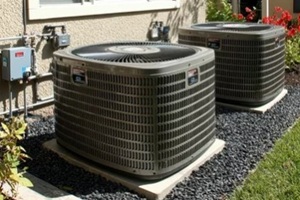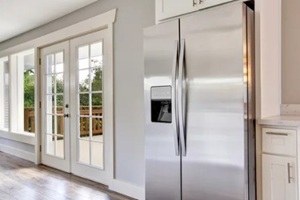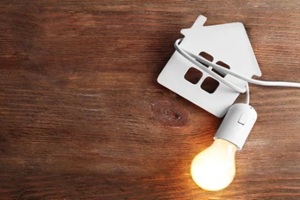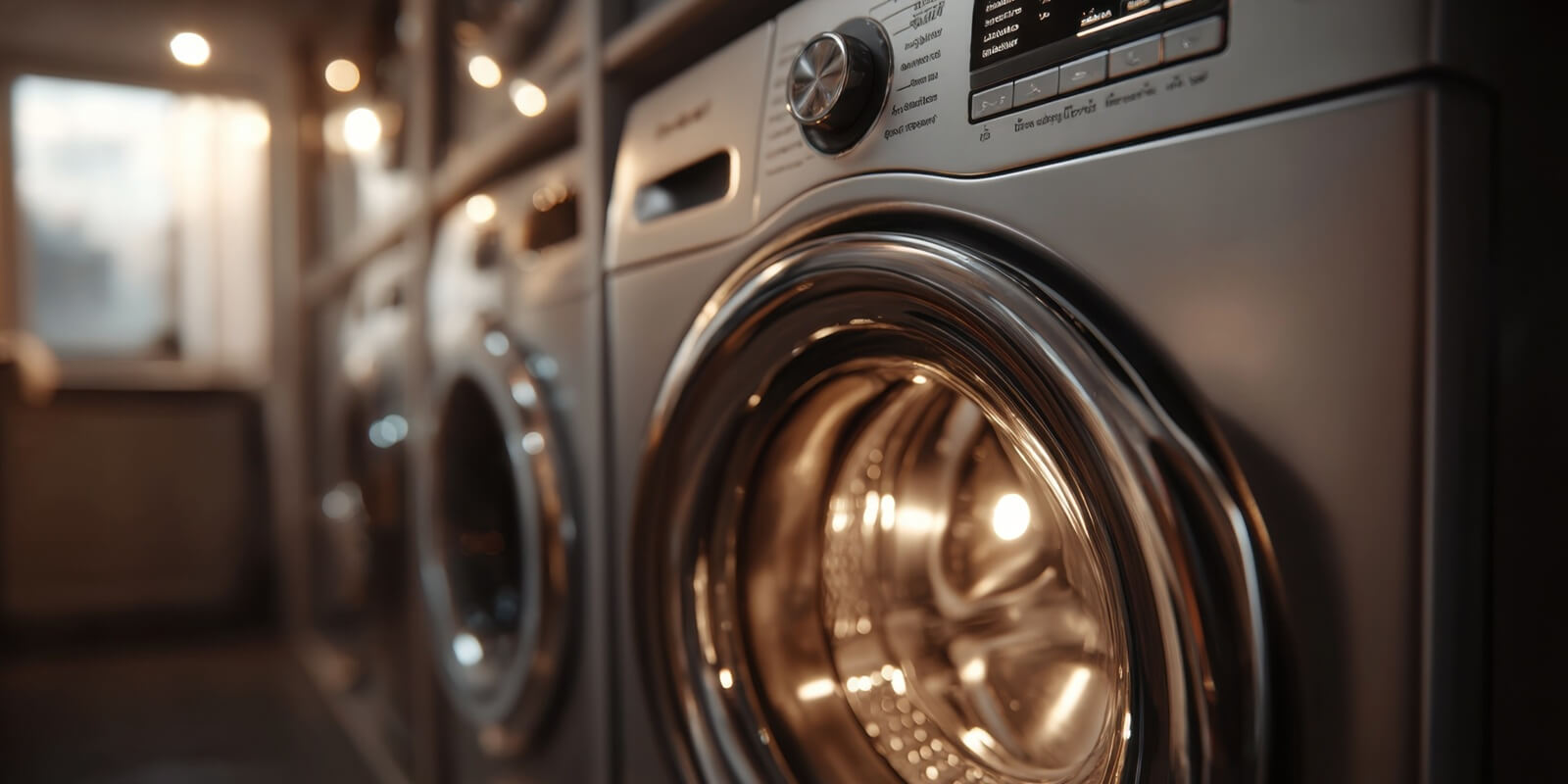While the household appliances with the heaviest power drain are often the most needed, many households experience an unnecessary energy drain that raises their kWh usage and, therefore, their electric bills. For the average household, as much as 10% of energy consumption comes from devices not in active use. These “phantom loads” consume power while idling or in standby modes, raising homeowners’ monthly electric bills without their knowledge.
As BGE, Pepco, and other major utility providers raise rates due to rising inflation, infrastructure costs, and planned increases, Maryland homeowners need every advantage to future-proof their finances against rising energy costs.
This article examines the six most energy-draining appliances that increase kWh usage, sometimes without homeowners even realizing it.
HVAC Systems

HVAC Systems can consume as much as 40% of the total energy cost of most buildings, making them the highest expense. Since Maryland has a hot and humid summer and a freezing winter, the HVAC is likely working hard all year round, draining energy and raising electric bills.
Tips to Reduce Usage: A smart thermostat is a great investment to optimize cooling and heating schedules depending on the home’s occupancy. Additionally, repairing or replacing old HVAC systems, updating the insulation, and buying energy-efficient upgrades such as double-paned windows can help reduce the energy required to change the home’s internal temperature, lowering the electric bill.
Water Heaters
After the HVAC, the water heater is usually the most energy-consuming appliance in the home. These appliances run 24/7 to keep hot water ready for use, which, depending on the size of the family, can be a significant drain on the electric bill.
Tips to Reduce Usage: The thermostat can be lowered to 120 degrees to keep water hot without wasting unnecessary energy. Additionally, water heater and pipe insulation can wear out over time, leading to energy loss. Refreshing the insulation or switching to a tankless water heating system can prevent energy drain.
Washer and Dryer
The clothes washer and dryer are energy-intensive appliances in most homes. These appliances can raise a home’s energy usage by as much as 780 kWh per year, assuming that they are used three days each week. This number could be higher or lower depending on the model used and the loads required.
Tips to Reduce Usage: Since washer and dryer use is usually necessary, consider changing when and how the appliances are used to prevent unnecessary energy drains. For example, many utility companies charge extra for energy usage in peak times, usually in the middle of the day. Saving washer and dryer use for the evening can prevent these extra charges from impacting monthly electric bills. Lint traps should also be cleaned regularly to maintain the dryer’s efficiency. When possible, air-drying clothes in the sun can be just as effective and far cheaper than running the dryer, especially in the peak usage times of the hot Maryland summer.
Freezer and Refrigerator

The freezer and refrigerator are always running, which makes their energy efficiency a core component of reducing kWh usage. An extra fridge or freezer plugged into the garage can double or triple this usage without the homeowner realizing it, even if that unit is barely used.
Tips to Reduce Usage: Any old freezers and refrigerators should be updated to Energy Star models to maximize energy savings. If more space is needed, upgrading the size of an energy-efficient model will be cheaper in the long run than maintaining an old extra unit.
Dishwasher
Dishwashers quietly consume extra electricity to heat the water and run complete washing cycles. As with washers and dryers, they consume more power during peak usage hours, quickly adding to significant energy drains.
Tips to Reduce Usage: To reduce the monthly cost of using the dishwasher, homeowners can refrain from using it when half-empty, use the air-dry setting, and restrict usage to off-peak hours.
Lighting
Any appliances or fixtures utilizing lighting likely use traditional incandescent bulbs, which are power-hungry compared to modern alternatives. Many homeowners leave lights on in unused rooms or at night, which can compound these costs.
Tips to Reduce Usage: Switching to LED bulbs can conserve energy costs from lighting. Motion sensors and innovative timer systems can make lighting even more efficient by minimizing unnecessary usage at night or when the house is unoccupied during the day.
Partner With Experienced Solar Providers to Reduce Energy Costs in Maryland

Reducing energy waste begins with recognizing how to read energy bills and minimizing monthly power consumption. Appliances represent one of the most significant aspects of energy usage that homeowners can control. By changing their energy habits and buying more efficient appliances, homeowners can reduce “phantom load” and direct power drains, saving hundreds or potentially thousands of dollars each year on their electric bills.
At Energy Select, our experienced solar providers help homeowners in Maryland refine their energy usage and upgrade their homes with efficient, modern solar power installations that can reduce energy consumption where it matters most. Take control of your energy future with an instant estimate from our local advisors.
Contact our team today and schedule a consultation to find the right energy-saving and solar solutions for your home.


